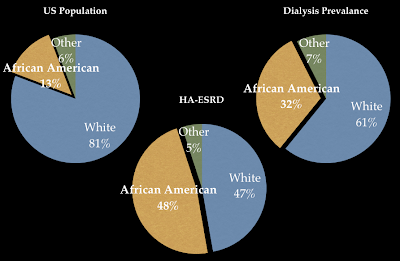The primary end-point was change in office blood pressure at 6 months. An average of 30 mmHg drop in patients with resistant hypertension is incredible!
After the primary end-point, patients randomized to the control group had the option of receiving the procedure and their data is also presented in this update.
In addition to the average drops in blood pressure, the benefits were widespread with 83.7% having a lower systolic BP at 6 months and 78.7% at 12 months.
There was not a statistical difference in number of blood pressure medications used at the end of the trial (see table 5 below) but the results are tantalizing and I believe represent a Type II error. This should be an interesting outcome to keep an eye in the forthcoming Symplicity HTN-3 trial.
The procedure appeared safe with 1 episode of renal artery dissection in the cross-over group and one episode of hypotension following procedure that responded to conventional treatment. There was 1 dissection in the 153 patients in Symplicity HTN-1.
The procedure was without complication in 97% of patients (149 of 153 patients). One patient experienced the renal artery dissection on placement of the treatment catheter before RF energy delivery was delivered in that artery. The dissection was treated with renal artery stenting without any subsequent complication or delay in hospital discharge. Three other patients developed a pseudoaneurysm/ hematoma in the femoral access site; all had had an 8F guide and were treated without any subsequent complication.
This data is consistent with the Symplicity-1 results which, though non-randomized, showed a durable anti-hypertensive effect through 3 years.

Symplicity-3 is currently recruiting. It is also a randomized controlled trial but it is twice the size of Symplicity HTN-2. Additionally it uses 24-hour ambulatory blood pressures rather than office pressures to measure efficacy.
This looks like an effective therapy and of course we will have to wait until it is approved for wider use but it is hard to look at this technique and see anything but a game-changer. We are looking at a non-pharmacologic therapy for hypertension that does not require medical compliance. Imagine cardiologists, instead of boxing the kidneys with drive-by renal angiograms, actually helping the patient by lowering their blood pressure. Cardiologists helping the kidney, difficult to wrap my brain around that. Brave new world indeed.








